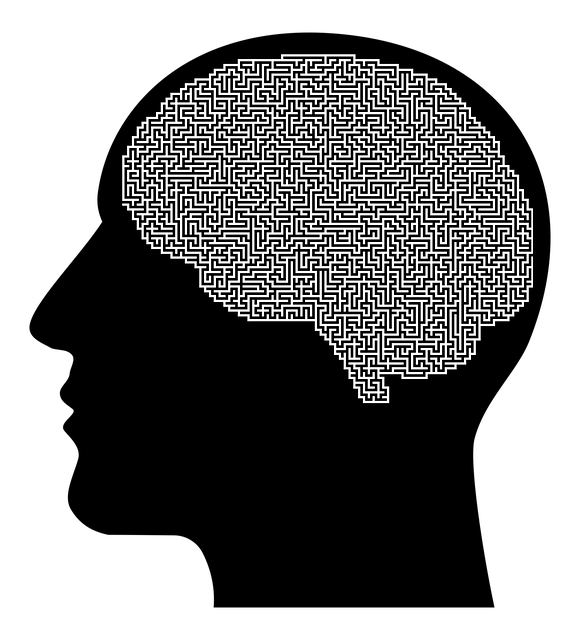Broomfield Conduct Disorder Therapy (BCDT) is an evidence-based program addressing severe youth behavioral issues through skill-building, mindfulness, and positive reinforcement. Its effectiveness is evaluated holistically using multi-faceted assessment strategies, including quantitative surveys for symptom tracking, qualitative interviews for insights into participant experiences, observation techniques to document behavioral changes, and Mental Wellness Journaling Exercises for written reflections. Key outcomes monitored include stress reduction and anxiety relief achieved through mindfulness practices, offering valuable insights into BCDT's comprehensive impact on youth with conduct disorders.
“Uncovering the effectiveness of mental wellness programs is paramount, especially when considering innovative approaches like Broomfield Conduct Disorder Therapy. This article explores robust evaluation methods that serve as a compass for measuring success. From understanding the foundational principles of Broomfield therapy to implementing practical assessment frameworks and evaluating real-world impact, we delve into strategies that ensure these programs align with desired outcomes. By examining these methods, mental health professionals can navigate the landscape of program evaluations with confidence.”
- Understanding Broomfield Conduct Disorder Therapy: A Foundation for Program Evaluation
- Methods for Assessing Mental Wellness Programs: An Effective Framework
- Measuring Impact and Outcomes: Evaluating the Success of Broomfield Conduct Disorder Therapy in Real-World Settings
Understanding Broomfield Conduct Disorder Therapy: A Foundation for Program Evaluation

Broomfield Conduct Disorder Therapy (BCDT) is a structured and evidence-based approach designed to address severe behavioral issues in youth. This therapeutic framework goes beyond traditional talk therapy by incorporating various components such as skill-building, mindfulness practices, and positive reinforcement. By targeting underlying conduct problems, BCDT aims to foster healthier decision-making and improve relationships.
Evaluating the effectiveness of a mental wellness program like BCDT requires measuring changes in key areas. This includes assessing improvements in stress management, confidence boosting, and social skills training. Through regular assessments and feedback mechanisms, professionals can gauge the impact of the program on participants’ conduct disorders, emotional well-being, and overall functioning. By understanding these changes, they can adjust interventions to better meet individual needs and optimize outcomes.
Methods for Assessing Mental Wellness Programs: An Effective Framework

Evaluating mental wellness programs is a multifaceted process that requires structured and holistic approaches to ensure their effectiveness. A comprehensive framework should incorporate diverse assessment methods, including quantitative surveys, qualitative interviews, and observation techniques. By combining these tools, professionals can gain a nuanced understanding of program impact on various dimensions of mental wellness.
For instance, quantitative measures such as standardized assessments can track changes in symptoms like anxiety, depression, or conduct disorder (like Broomfield Conduct Disorder Therapy) over time. Qualitative methods, including participant interviews and focus groups, offer deeper insights into individuals’ experiences with the program, their perceptions of benefits, and challenges encountered. Additionally, structured observations allow researchers to assess participants’ behavioral changes, social interactions, and engagement during program activities, such as Mood Management or Conflict Resolution Techniques sessions. Similarly, Mental Wellness Journaling Exercises provide written evidence of personal reflections, goal achievements, and coping strategies learned throughout the program.
Measuring Impact and Outcomes: Evaluating the Success of Broomfield Conduct Disorder Therapy in Real-World Settings

Measuring the impact and outcomes of a mental wellness program is crucial to understanding its effectiveness in real-world settings. For instance, the Broomfield Conduct Disorder Therapy (BCDT) model has gained prominence for its innovative approach to treating conduct disorders in adolescents. By implementing a multi-faceted evaluation strategy, researchers can assess not only the immediate effects but also the long-term sustainability of BCDT. This includes quantitative methods such as standardized assessments and qualitative techniques like interviews and surveys, allowing for a comprehensive view of participants’ progress.
One key aspect to monitor is stress reduction and anxiety relief, often achieved through integrated mindfulness meditation practices within BCDT. Evaluating these outcomes alongside traditional behavioral measures provides valuable insights into the program’s holistic impact on youth with conduct disorders. Such evaluations not only enhance our understanding of effective treatment modalities but also guide future research and improvements in mental wellness programs, ultimately fostering better support for individuals navigating challenging emotional states.
Broomfield Conduct Disorder Therapy (BCDT) offers a promising approach to mental wellness program evaluation, providing a comprehensive framework for understanding and measuring success. By combining qualitative and quantitative methods, as outlined in this article, professionals can effectively assess the impact of BCDT in various real-world settings. This multi-faceted evaluation ensures that programs are not only effective but also tailored to meet the unique needs of individuals seeking mental wellness support. Through continuous assessment and adaptation, we can enhance the overall effectiveness of mental health interventions, ultimately fostering better outcomes for those in need.














